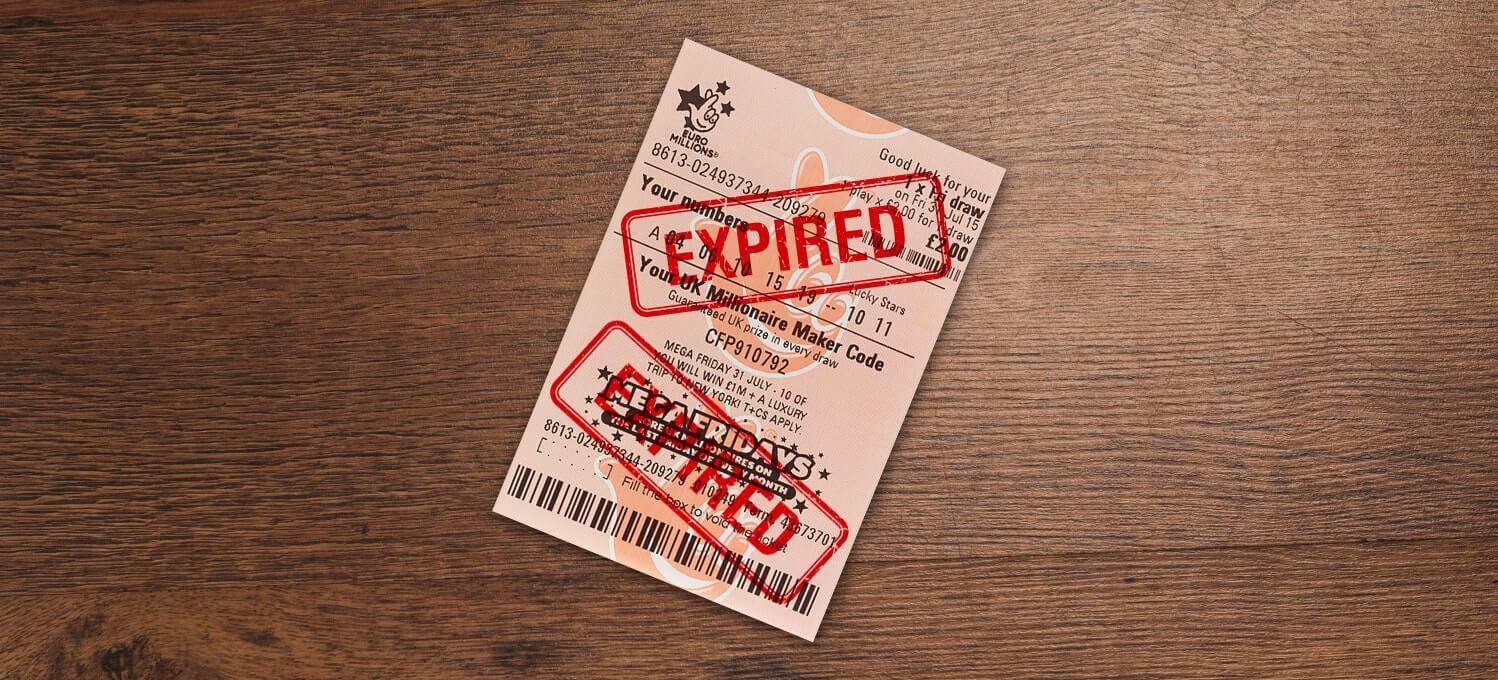
)
A lottery is meant to be a game of chance, a game won by matching a set of numbers drawn at random.
But, there have been many cases of people trying to cheat the lottery.
From manipulating the software that selects the numbers to discovering a math error that gives favourable odds and even seemingly predicting the winning numbers of the UK National Lottery on live TV.
Let’s take a look at some of the examples of times people tried to cheat the lottery, how they did it and what happened next.
The Derren Brown National Lottery Hoax
Back in September 2009, Derren Brown appeared to predict the results of the UK National Lottery on live TV. The first live show which aired on Wednesday 9th September appeared to show the illusionist predicting that night’s winning lottery numbers.
We should probably mention that Brown’s prediction was not revealed until after the live draw had taken place and that Brown was not allowed to purchase a lottery ticket for that lottery draw.
Viewers saw a set of white balls lined up, facing a wall with a live feed from the lottery draw being shown on a TV next to them.
After the draw, Brown wrote the winning numbers on a piece of card and revealed that the numbers on the white balls and the ones he had written on the card did in fact match. Seemingly proving that he had correctly predicted the winning lottery numbers.
So, did Derren Brown manage to predict the winning lottery numbers or was it just an illusion using clever trickery?
There was much discussion at the time as to how the illusionist had managed to predict the winning numbers, with many thinking it was just a trick.
National newspaper polls at the time revealed that people believed either a fake wall or split screen was used to perform the illusion.
A second show that aired the following Friday showed Brown explaining how he managed to predict the lottery numbers, stating he used a technique known as “wisdom of crowds”.
This involved a group of 24 volunteers that Brown put into a trance-like state before asking them to predict the winning numbers using a technique called automatic writing. He then took the numbers produced by the group and averaged them out to predict the winning numbers of 2, 11, 23, 28, 35 and 39.
Even after the explanation, many thought it as unlikely and continued to believe that technology trickery was used.
It was clear that Derren Brown was not trying to fraud the National Lottery and that the event was just a clever publicity stunt, however, he actually did it.
The case of multiple lottery fraud
On 29th December 2010, a single ticket won the $16.5 million prize, but the prize was not claimed immediately.
In fact, despite numerous announcements from the Iowa Lottery asking the winner to claim their prize and revealing details of where the ticket was purchased – it still went unclaimed.
A number of false claims were made but were quickly dismissed by lottery officials who had crucial evidence that had not been made publicly available. This was the serial number of the winning ticket and video footage of the man who bought the ticket.
Following several false claims, two attempts were made to claim the prize with the correct 15 digits serial number and the winning ticket.
One from a lawyer claiming on behalf of a client who wanted to protect his identity, which was denied. The second was by a law firm on behalf of a trust which was also rejected on the grounds that the Iowa Lottery rules state that all winners must be made public.
In an attempt to find the actual winner, the surveillance video of the man buying the ticket was released.
The man in the video and the owner of the winning ticket was identified by multiple sources as Eddie Tipton, the information security director for the Multi-State Lottery Association, the company who ran state lotteries including the Iowa Lottery.
Tipton, who was not allowed to play the lottery due to his job, had not only broken the rules of playing it. It was discovered that he'd rigged the number generation computer to help him play the winning numbers and then made attempts to fraudulently claim the winnings through other people.
He was arrested in 2015 and confessed to rigging lottery drawings along with his brother and a long-term friend. Tipton was initially charged with two counts of fraud and sentenced to 10 years in prison, but further evidence proved that Tipton had been defrauding the lottery since as early as 2005.
In 2017, he was found guilty of multiple accounts of fraud against various state lotteries and sentenced to 25 years in prison, he will also have to pay around $3 million in compensation.
The Case of the Math Error
Husband and wife, Jerry and Marge Selbee used their skills in mathematics to spot an error in the lottery to legally beat the Massachusetts and Michigan State Lottery’s and make millions.
The couple were involved in a high-volume betting syndicate that took advantage of favourable odds during a “roll-down” feature of the game.
The roll-down feature came into play once an unclaimed jackpot reached a $2 million threshold, this increased players chances of winning and distributed the jackpot money among players who matched five or fewer of the six numbers.
The Selbee’s realised that this basically meant that for every $1 ticket purchased, there was $1.15 or more in the prize pool to be shared, meaning that every ticket was worth more than what it cost.
While it may not seem like a big winner, if large quantities of money were wagered the winnings would soon add up.
Jerry and Marge realised that to benefit from any real financial gain they would need to buy tickets by the thousands, which they did through Jerry’s investment company.
They reportedly started off buying 60,000 tickets for $120,000 and realised a 45% profit on the wager and their largest purchase was 360,000 tickets for $720,000. It is reported that the couple made $27 million entirely legally through simple mathematics.





